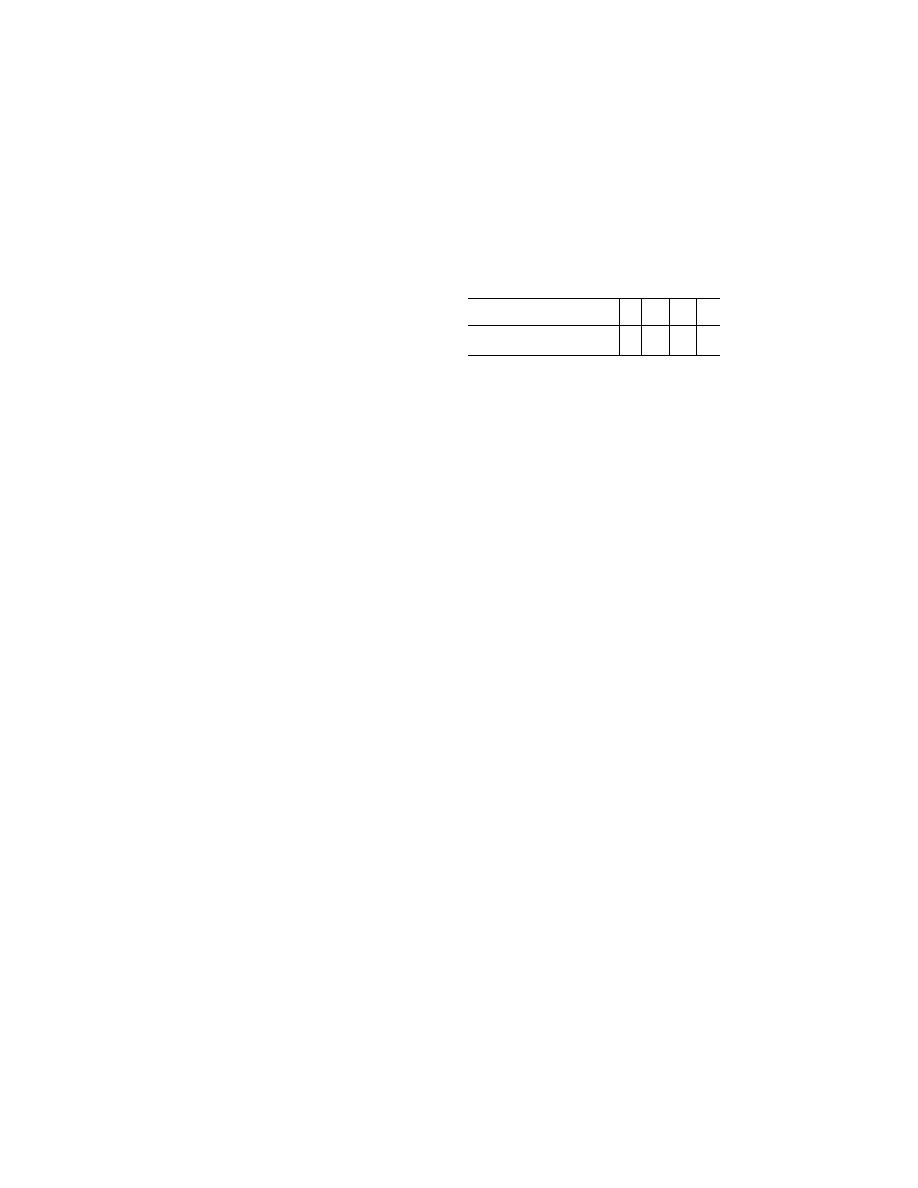
672
14 CFR Ch. I (1–1–19 Edition)
§ 67.105
each eye separately, with or without
corrective lenses.
(c) Ability to perceive those colors
necessary for the safe performance of
airman duties.
(d) Normal fields of vision.
(e) No acute or chronic pathological
condition of either eye or adnexa that
interferes with the proper function of
an eye, that may reasonably be ex-
pected to progress to that degree, or
that may reasonably be expected to be
aggravated by flying.
(f) Bifoveal fixation and vergence-
phoria relationship sufficient to pre-
vent a break in fusion under conditions
that may reasonably be expected to
occur in performing airman duties.
Tests for the factors named in this
paragraph are not required except for
persons found to have more than 1
prism diopter of hyperphoria, 6 prism
diopters of esophoria, or 6 prism
diopters of exophoria. If any of these
values are exceeded, the Federal Air
Surgeon may require the person to be
examined by a qualified eye specialist
to determine if there is bifoveal fixa-
tion and an adequate vergence-phoria
relationship. However, if otherwise eli-
gible, the person is issued a medical
certificate pending the results of the
examination.
§ 67.105
Ear, nose, throat, and equi-
librium.
Ear, nose, throat, and equilibrium
standards for a first-class airman med-
ical certificate are:
(a) The person shall demonstrate ac-
ceptable hearing by at least one of the
following tests:
(1) Demonstrate an ability to hear an
average conversational voice in a quiet
room, using both ears, at a distance of
6 feet from the examiner, with the back
turned to the examiner.
(2) Demonstrate an acceptable under-
standing of speech as determined by
audiometric speech discrimination
testing to a score of at least 70 percent
obtained in one ear or in a sound field
environment.
(3) Provide acceptable results of pure
tone audiometric testing of unaided
hearing acuity according to the fol-
lowing table of worst acceptable
thresholds, using the calibration stand-
ards of the American National Stand-
ards Institute, 1969 (11 West 42d Street,
New York, NY 10036):
Frequency (Hz)
500
Hz
1000
Hz
2000
Hz
3000
Hz
Better ear (Db) .................................
35
30
30
40
Poorer ear (Db) ...............................
35
50
50
60
(b) No disease or condition of the
middle or internal ear, nose, oral cav-
ity, pharynx, or larynx that—
(1) Interferes with, or is aggravated
by, flying or may reasonably be ex-
pected to do so; or
(2) Interferes with, or may reason-
ably be expected to interfere with,
clear and effective speech communica-
tion.
(c) No disease or condition mani-
fested by, or that may reasonably be
expected to be manifested by, vertigo
or a disturbance of equilibrium.
§ 67.107
Mental.
Mental standards for a first-class air-
man medical certificate are:
(a) No established medical history or
clinical diagnosis of any of the fol-
lowing:
(1) A personality disorder that is se-
vere enough to have repeatedly mani-
fested itself by overt acts.
(2) A psychosis. As used in this sec-
tion, ‘‘psychosis’’ refers to a mental
disorder in which:
(i) The individual has manifested de-
lusions, hallucinations, grossly bizarre
or disorganized behavior, or other com-
monly accepted symptoms of this con-
dition; or
(ii) The individual may reasonably be
expected to manifest delusions, hallu-
cinations, grossly bizarre or disorga-
nized behavior, or other commonly ac-
cepted symptoms of this condition.
(3) A bipolar disorder.
(4) Substance dependence, except
where there is established clinical evi-
dence, satisfactory to the Federal Air
Surgeon, of recovery, including sus-
tained total abstinence from the sub-
stance(s) for not less than the pre-
ceding 2 years. As used in this sec-
tion—
(i) ‘‘Substance’’ includes: Alcohol;
other sedatives and hypnotics;
anxiolytics; opioids; central nervous
system stimulants such as cocaine, am-
phetamines, and similarly acting
sympathomimetics; hallucinogens;
VerDate Sep<11>2014
16:30 Jun 25, 2019
Jkt 247047
PO 00000
Frm 00682
Fmt 8010
Sfmt 8010
Q:\14\14V2.TXT
PC31
kpayne on VMOFRWIN702 with $$_JOB